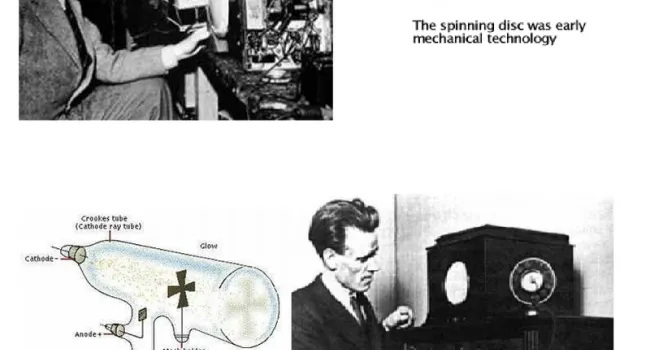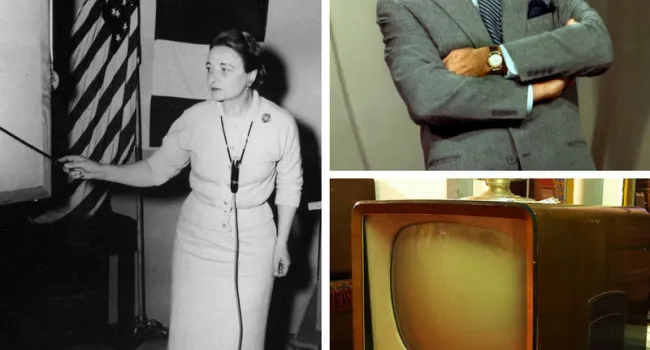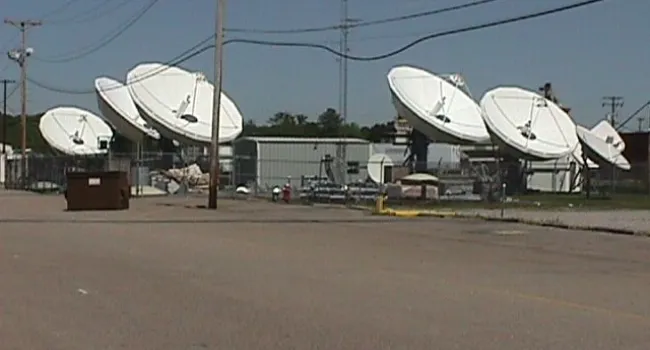The next advancement in telecommunications was radio, the first wireless mode of communication. Radios send messages by radio waves instead of wires. German scientist Heinrich Hertz proved the existence of radio waves, which occur in nature.
In 1895, a young Italian named Gugliemo Marconi invented what he called “the wireless telegraph” while experimenting in his parents’ attic. He used radio waves to transmit Morse code and the instrument he used became known as the radio. In 1906, Marconi shared the Nobel Prize for physics with Ferdinand Braun, a German, in recognition of their contributions to the development of wireless telegraphy. Radio works by changing sounds or signals into radio waves, which travel through air, space, and solid objects, and the radio receiver changes them back into the sounds, words, and music we hear.
A radio broadcast is a one-way transmission, originating from a radio station. In the early 1920s, radio played an important role in people’s lives, and over 500 stations were broadcasting news, music, sports, drama, and variety shows. By the 1930s, most households in the U.S. and Europe had at least one radio. In the evening, the family gathered around a big “console” that was usually located in the living room, where they might spend hours listening to variety shows or comedies from favorites like Jack Benny or Edgar Bergen and Charlie McCarthy.
Everyone used their imagination to visualize all of the characters in their favorite shows. This was the beginning of the “Golden Age of Radio.” The Radio Corporation of America (RCA), parent company of the National Broadcasting Company (NBC), Columbia Broadcasting System (CBS) and the British Broadcasting Corporation (BBC) produced and commissioned shows like “The Lone Ranger”, “The Shadow”, “BBC Dramas”, “I Love a Mystery,” and there were even plenty of shows for children, such as “Let’s Pretend” and “Hop Harrigan.”




